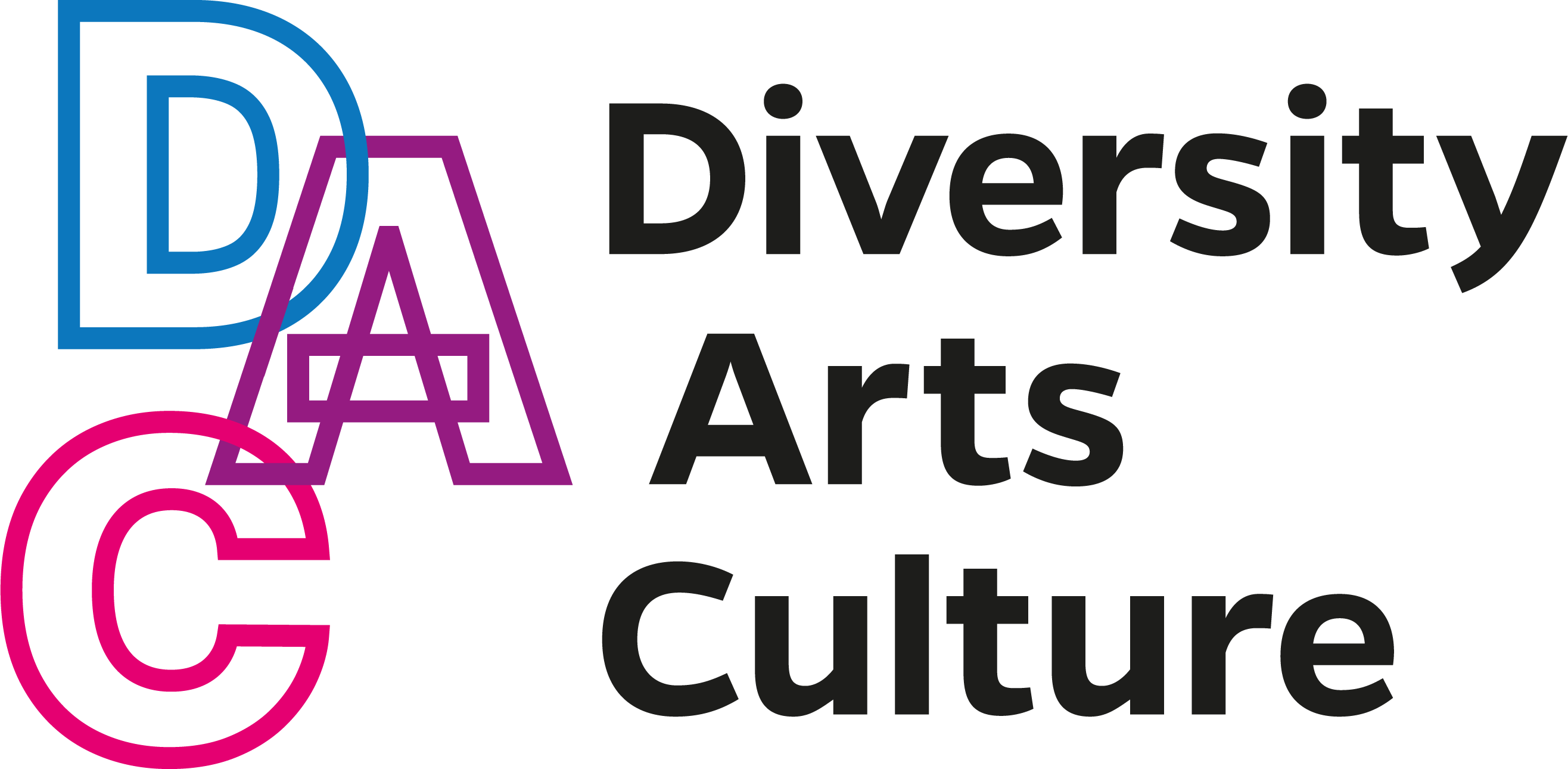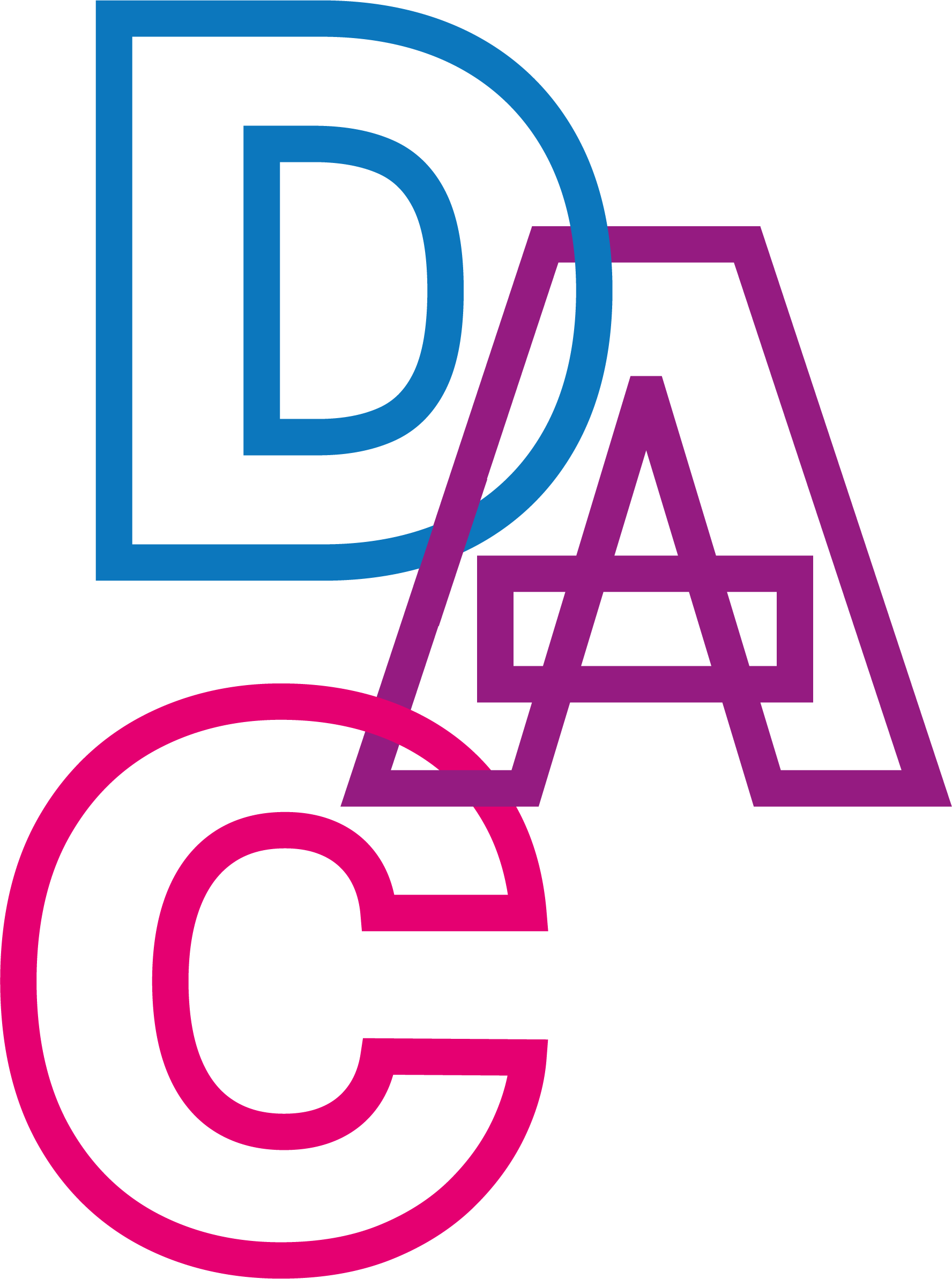Timeline: Forgotten Stories
The question of restitution of objects from colonial contexts is one of the central issues for museums and beyond. But as early as 1976, Herbert Ganslmayr, a German museum director, stood up for the restitution of looted art, without knowing what waves his commitment was to make in the culture section.
In 1978, Peter Radtke, who is still one of the best-known disabled actors in the German-speaking world, appeared on stage for the first time ... but then 25 to 30 years had to pass before he was followed by other actors with physical disabilities.
At the end of the 70s, beginning of the 80s, the foundation stone of a "culture for all" was laid, on which today's demands for participation are often based, even if from a discrimination-critical perspective it partly shows weaknesses and hardly takes migration into account. At the same time, there were already self-organized migrant cultural associations at that time, and exhibitions such as "Mehmet Berlin'de. Mehmet came from Anatolia" showed works by Turkish artists.
And in 1982, the Stern.Zeichen festival set a glamorous final point for the development of a genuinely West German gay theater culture and at the same time marked a prelude to the emergence of what we today understand as the "Freie Szene".
The timeline is dedicated to these and other forgotten stories.
The mainstream society's demand of how diverse artistic practices and artists we want to remember and refer to should be has fortunately increased significantly in recent years. Nevertheless, through media, educational and cultural institutions, a selection takes place that repeats social exclusions and perpetuates power dynamics.
In our work we experience again and again that especially in marginalized communities there are (generational) gaps in knowledge and in the transmission of history, art and culture. This has many different causes. Some bodies of knowledge were destroyed by genocide and expulsion, others were unwanted, tabooed or simply ignored and not collected in publicly funded archives.
At the same time, the discourse in the cultural sector is characterized by repetition, certain questions such as the restitution of looted art or demands for participation or equality have been discussed for a long time and seemingly again and again from scratch.
That is why we have set out on a search for traces with our timeline: We let ourselves be guided by our own curiosity and that of our authors. It was clear to us from the beginning that we were not claiming to be systematic or complete. Instead, we wanted to highlight moments of inscription and resistance, to illuminate different artistic practices, to trace cultural-political debates and developments, and to make visible the movement history of marginalized communities in the cultural field, including their (dis)continuities.
Of course, we are aware of the irony of our undertaking: We, too, make a selection and depend on what has already been collected and is still remembered. For example, there are some stories in our timeline that could only be told thanks to the holdings of the archive of the Friedrichshain-Kreuzberg Museum. Moreover, it was much more difficult to research the stories of artists who are marginalized in multiple ways. Or to put it another way: it is striking that, for example, the stories of male artists with disabilities and of male artists of color are better documented than those of female artists, those of cis artists better than those of trans*, inter or non-binary artists, etc.
Our timeline will continue to grow because of this: it will not only become more extensive in terms of the number of stories collected, but will also delve into deeper layers, gradually mapping perspectives that remain hidden at this point in time. We hope to broaden the discourse and provide a glimpse into the stories, themes, and artistic practices of marginalized artists.
Editing: Bahareh Sharifi, Cordula Kehr and Neneh Sowe

Art Theft for Turkish Migrants in West Berlin?
Ulay’s “Da ist eine kriminelle Berührung in der Kunst” inaugurated a profound challenge to the authority of German cultural institutions by calling attention to their implication in the societal exclusion of migrants. Thirty-eight years after Ulay’s art theft, the artist Aykan Safoğlu formulated an artistic intervention in response to the action.

The Turkish Ensemble. Experimenting with a theatre of migration
In 1980, "Giden Tez Geri Dönmez" ("Those Who Leave do not Easily Return") premiered in Berlin. The production was a landmark and it inaugurated a new project within the theatre: the Turkish Ensemble. At a time in which Turkish cultural production was slowly gaining visibility in West Germany, the project was a unique attempt at developing a major Turkish speaking theatre in Berlin. Looking at the history of the project gives us insight into the expectations from migrant cultural production at the time and the difficulties faced by those committed to making space for it in Germany.


